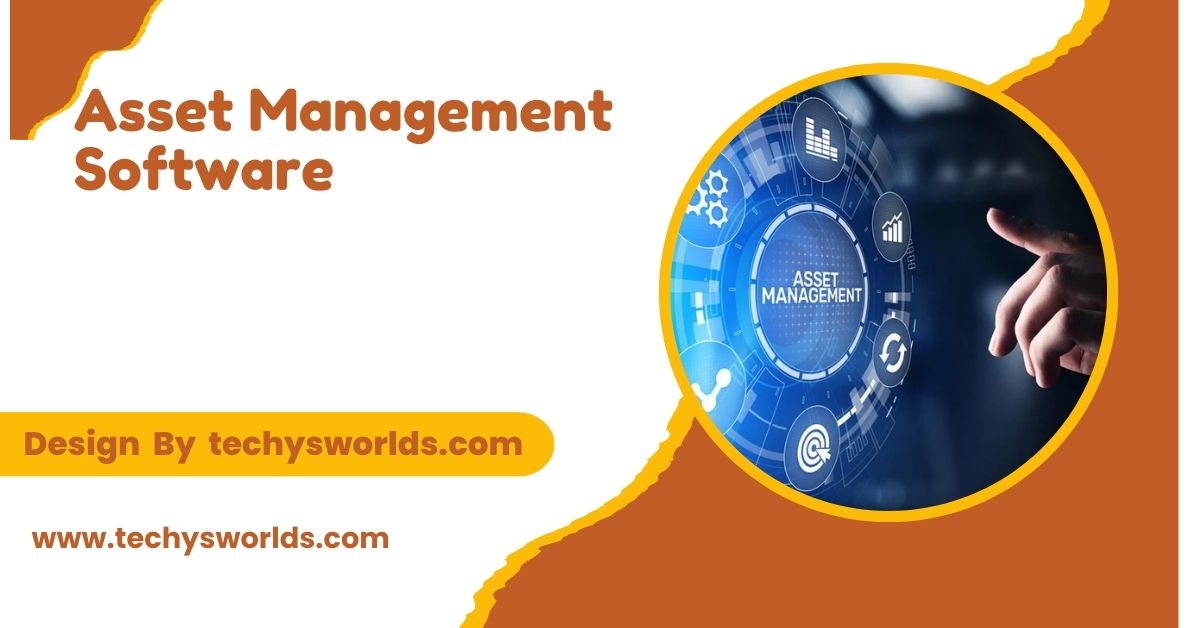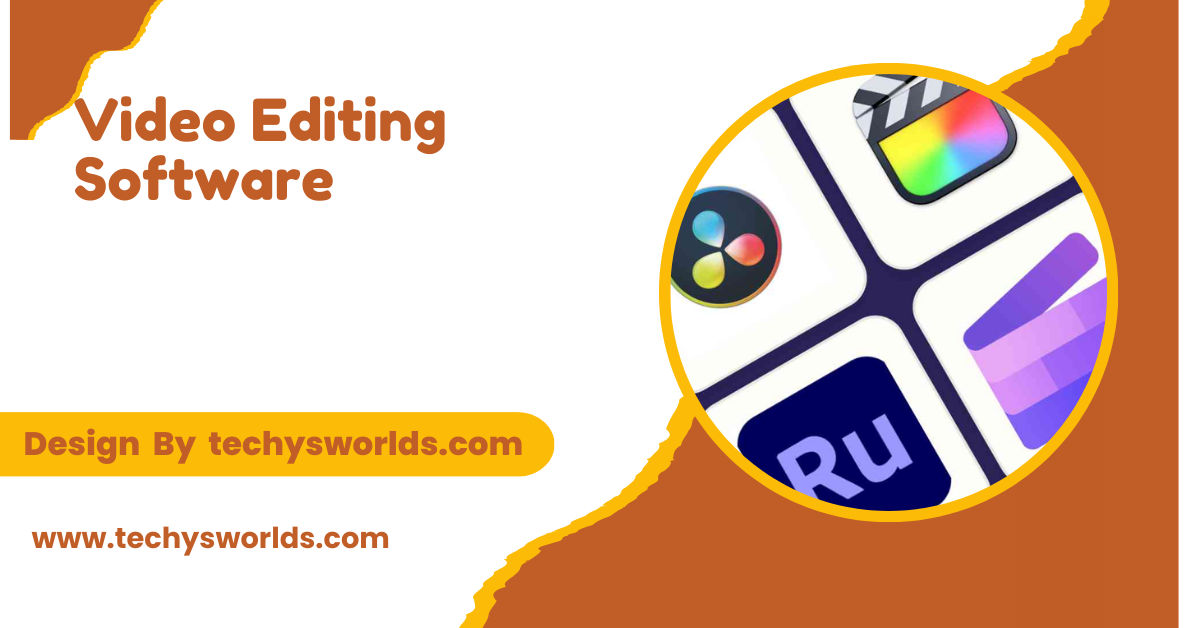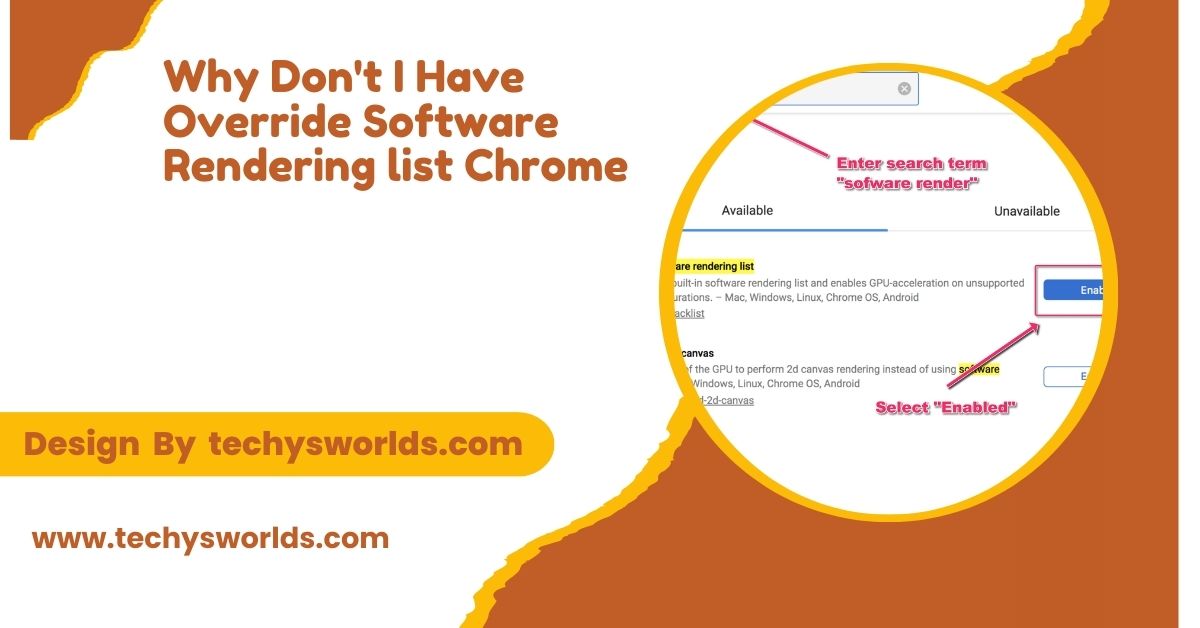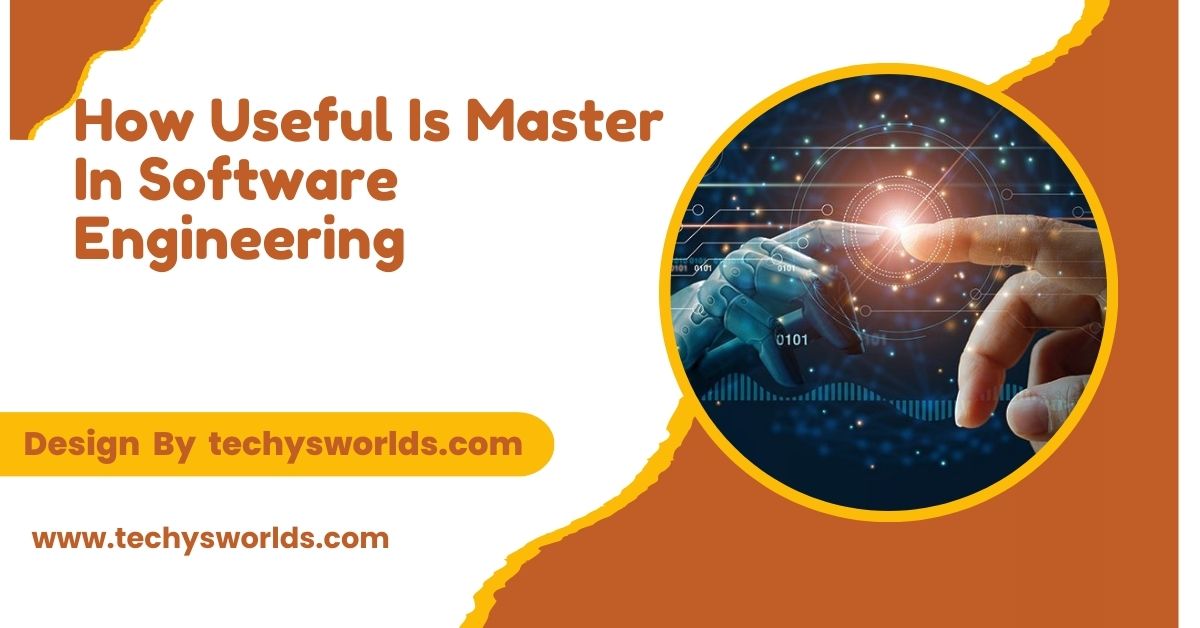Asset management software helps businesses track, maintain, and optimize their physical and digital assets efficiently, with improved operational efficiency, cost savings, and compliance.
The guide covers key features, benefits, and considerations for businesses using AMS.
What is Asset Management Software?
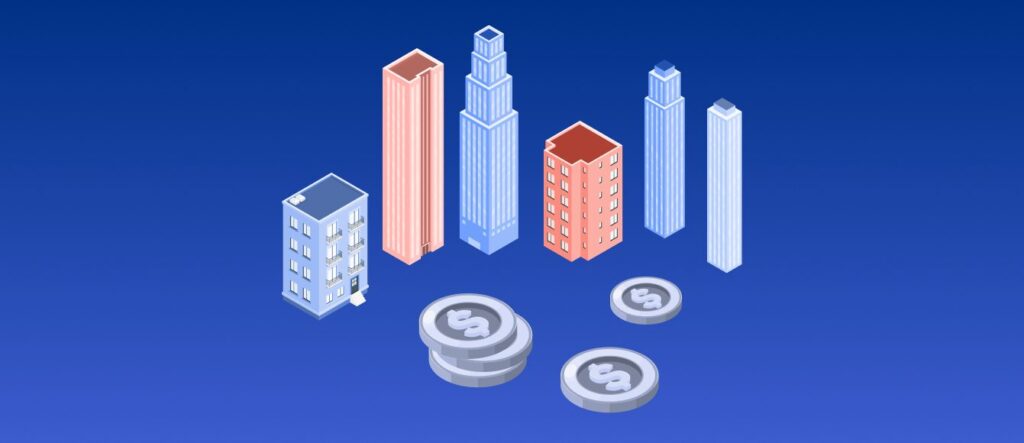
Asset management software refers to applications designed to help businesses track both physical and digital assets. These assets include equipment, IT hardware, software licenses, and even intangible items like trademarks. AMS lets businesses monitor, maintain, and report on these assets throughout the lifecycle, ensuring proper management and compliance with regulations.
Types of Asset Management Software:
Asset management software has different types, depending on the needs of various industries or business functions:
- Enterprise Asset Management (EAM): It caters to large-scale physical assets especially in manufacturing, utilities, and facilities management. It optimizes real-time tracking of assets across the organization.
- IT Asset Management (ITAM): Specializes in managing IT hardware like computers, servers, and software. ITAM tracks inventory, software licenses, and reduces security risks.
- Fixed Asset Management (FAM): It helps in tracking the financial status of physical assets, like machines and equipment. FAM helps ensure tax compliance and manage depreciation while tracking the life cycle of an asset.
- Digital Asset Management (DAM): This is a variant used to manage digital files such as images and videos. DAM is primarily found in creative and marketing agencies for the organization and retrieval of digital content.
Core Features of Asset Management Software:
There exist myriad facilities present within an asset management software that optimize utilization of assets and extend lifespan.
Also Read: ICUE Software – The Ultimate Guide!
Asset Tracking and Monitoring:
AMS makes use of bar code and RFID technology, which allows tracking real-time scanning of assets; thus the database is updated in an instant. Besides, GPS tracking is added to mobile assets, which enhance the visibility of assets and provide security. Asset lifecycle management tools ensure that the asset is followed from acquisition until its disposal, hence effective and timely decision-making.
Maintenance Management:
Scheduled maintenance tools within AMS help businesses plan and execute maintenance activities so that the equipment runs smoothly. Work order systems create a seamless process for managing repairs and replacements. Preventative maintenance features track asset performance to identify issues before they escalate, thus reducing downtime and extending asset life cycles.
Reporting and Analytics:
AMS provides real-time access to data, which provides up-to-date reports on asset usage, scheduled maintenance, and performance. Cost analysis features give a business clearer insights into the total asset costs, including ownership, repair, and maintenance. AMS allows the calculation of depreciation as well as the valuation of assets for financial reporting; thus, budgeting and complying are made easy.
Compatibility with Other Systems:
Most AMS solutions seamlessly integrate with other business systems, including ERP and procurement software, so that the data can be uniform across the organization. Such integration facilitates smooth acquisition of assets and resource planning. Cloud integration allows for remote access and is very useful for multi-location businesses to manage their assets in an efficient manner.
Benefits of Using Asset Management Software:

Implementing asset management software provides a lot of benefits to the organizations, including improved efficiency and better compliance.
Improved Efficiency and Productivity:
Automation reduces manual data entry, saving time and reducing errors. Real-time data access empowers managers to make quick decisions, improve workflow, and reduce delays. By tracking asset usage, businesses can allocate resources better, ensuring that equipment is used optimally.
Cost Savings:
It improves asset availability by facilitating effective planning and undertaking of scheduled maintenance, preventing costly breakdowns. Besides, it supports businesses to identify less-utilized assets in order to help resource utilization optimize and minimize waste purchases. Budgeting would be better with a precise asset performance report, thereby having a proper estimation of cost for future.
Better compliance and reduced risk:
In general, AMS ensures regulatory compliance by tracking asset maintenance and inspection logs. They are critical records, especially during audits. Risk management is enhanced, whereby any potential problem is identified in time, say failing assets or security vulnerabilities, and managed to mitigate before they create a crisis.
Improved Collaboration and Transparency:
Centralized asset data improves collaboration across departments, enabling better communication and efficiency. Teams can access relevant asset information, making it easier to coordinate activities. Transparency is also enhanced, as businesses can track every asset’s history and condition, which assists in making data-driven decisions.
Challenges in Implementing Asset Management Software:
Despite its benefits, businesses may face challenges when adopting asset management software.
Initial Cost and Implementation:
AMS software can be expensive to acquire upfront, especially for small businesses. In addition, it takes time to implement the system, including data migration, configuration, and training of staff on the new system. These initial challenges should be taken into account when selecting AMS solutions.
Data Accuracy and Integration:
Accuracy of data is very important to the effective management of assets. Poor data entry will be associated with issues like bad tracking of assets or missing maintenance tasks. Integration with other ERP or procurement systems may be complex and require expert intervention to ensure that there are no breaks in the linkage between systems.
User Adoption:
Resistance to change is normal, and staff will likely have difficulty in the beginning with the new software. Full training is also necessary for a smooth transition. Support should also be there to address issues and have the software fully integrated in daily operations.
FAQ’s
1. Which are the industries that benefit from asset management software?
Asset management software benefits manufacturing, healthcare, IT, and education industries in tracking and optimizing physical and digital assets.
2. Can asset management software track physical and digital assets?
Yes, AMS can track both physical assets like equipment and digital assets like software and media files.
3. How does asset management software improve maintenance?
AMS improves maintenance by scheduling regular tasks and identifying issues early to prevent unplanned downtime.
4. Is asset management software easy to implement?
Implementation takes time to set up and to train people, but proper planning can make the process much smoother.
5. How does an asset management system interconnect other business systems?
AMS links with ERP, Procurement, Accounting, among others; allows for uniform data from various departments.
Conclusion
Asset management software is one of the most important tools that an organization can use to optimize asset performance, reduce costs, and improve efficiency. The setup process may be challenging at first, but the long-term benefits of better resource management, enhanced productivity, and cost savings make it a very valuable investment for businesses that seek to streamline operations and maximize asset utilization.
Related Posts
Also Read: Redragon Mouse Software – An In-Depth Overview!
Also Read: DRI Avast Software – An In-Depth Overview!
Also Read: Logitech G600 Software – A Comprehensive Overview!
